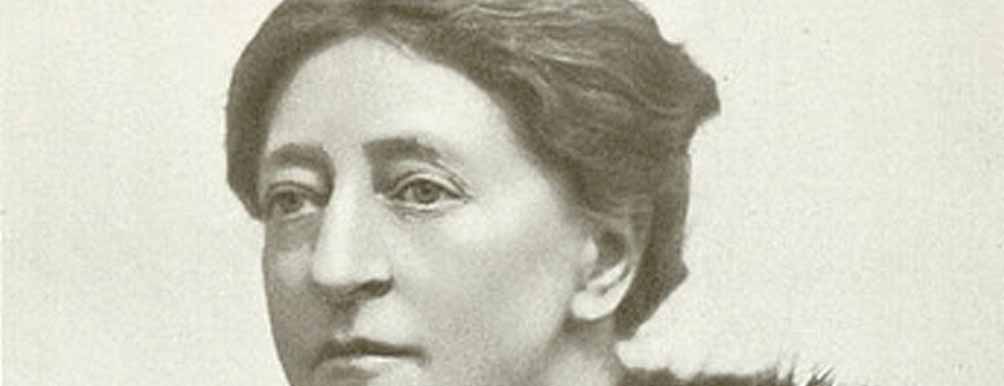
 |
WOMEN WORKING FOR PEACE |
||
THE MEN WHO SAID NO | ROAD TO CONSCRIPTION | CONSCIENTIOUS OBJECTION | PRISONS | SENTENCED TO DEATH | TRIBUNALS | WIDER CONTEXT | INDEX |
||
 |
||
| MARGARET ASHTON | WOMEN WORKING FOR PEACE | |
|
Margaret Ashton was active in suffrage, political and peace organisations during WW1, her pacifist views making her unpopular with Manchester City Council where she was the first woman to serve on the Council. Born in Withington on 19 January 1856 to a large family whose father was a cotton manufacturer, with progressive ideas, she worked voluntarily for the local school for the children of mill workers. With original ambitions to be a nurse, she became more absorbed in political issues and began to join political groups such as the Women’s Liberal Association, helping to found the Women’s Trade Union League and becoming a member of the National Union of Women Suffrage Societies (NUWSS). In 1900 she was elected to the Withington Urban District Council and in 1908 became the first woman on the Manchester City Council. She cared about the issues of women’s health and education, and their conditions of employment. In 1910 Ashton House, a municipal hostel for working women, was named in tribute to her work. She became a member of Manchester’s public health committee, and the fall in infant mortality in the area between 1914 and 1920 was partly due to her reforms such as free milk for young children and nursing mothers. She became chairperson of the North of England Society for Women’s Suffrage and financially supported the NUWSS newspaper, the Common Cause. In 1914 she was one of the signatories of the Open Christmas letter, a message for peace sent to The Women of Germany and Austria, signed by 101 British suffragists, which was later answered by prominent German and Austrian pacifists. When the NUWSS split over attitudes to peace work after the war began, she joined those members of the Executive who walked out to pursue peace. Unable to attend the Women’s International Congress at the Hague in 1915 after the North Sea was closed to shipping, she joined the organisation that grew out of that meeting, the Women’s International League and started its Manchester branch. Home Office files show that the police were monitoring her activities from July 1915, when she was reported as advocating ‘the movement of Socialism for the immediate cessation of hostilities’. Special Branch were still investigating three years later, when she was opposing the purchase of War Bonds as they would be ‘subsidising the deaths of more men’; she was reportedly threatened with prosecution. In 1917 she organised a public peace rally which was stopped by the police. After the war, she attended the second Women’s International Congress in Zurich in 1919. Her pacifist stance made her unpopular on the Manchester council. The Council passed a resolution calling her a ‘friend of the enemy’ and ‘pro-German’ and ousted her from the Council in 1921. Years later when C.P. Scott, the editor of the Manchester Guardian, commissioned Henry Lamb to paint her portrait for her 70th birthday, the Manchester City Art Gallery refused to accept it, as a protest against her pacifism, ‘despite her immense service to the city’. She died on 15 October 1937. Her portrait was finally tracked down in a disused building, by a Phd student determined to mark the 150th anniversary of her birth in 2006, and the portrait has apparently been hung in the Council chamber.
|
|
|